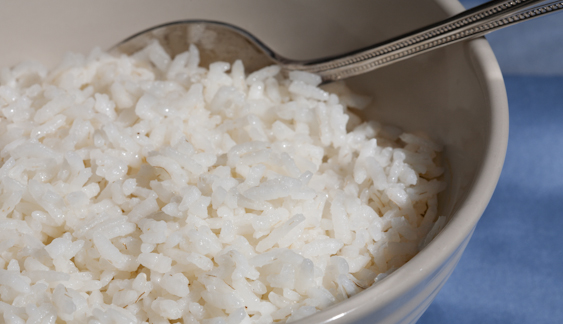America’s oldest rice emanates from the time of our revolution in the rice fields around Charleston, South Carolina.
The Carolina Gold Rice Foundation began with the singular mission of advancing the sustainable restoration of Carolina Gold Rice, and in that it has succeeded wildly, bringing together farmers, scholars, researchers, and historians to ensure that Carolina Gold and the newer hybrid Charleston Gold remain viable crops. The foundation has served as a proselytizing resource, educating the world about the history and significance of this historical crop and helping put it back on dinner plates around the world.
A Timeline of Carolina Gold Rice Facts ―
- Rice was established as a cash crop in the 1690s, and Carolina Gold Rice became the preferred variety in the 1780s.
- At the time of the Civil War, 3.5 to 5 million bushels of Carolina Gold Rice were grown in South Carolina.
- By the time of the Great Depression, Carolina Gold Rice became virtually extinct as other varieties became favored.
- In the 1980s, eye surgeon Dr. Richard Schulze sourced Carolina Gold Rice from Charles N. Bollich, a researcher at the Rice Research Laboratory in Beaumont, Texas, who had seeds in his collection and grew enough to provide Schulze with 14 pounds worth to plant at his Turnbridge Plantation in Hardeeville, S.C.
- Merle Shepherd, an entomologist and Clemson professor emeritus who had studied rice in the Philippines, moved to the Lowcountry and soon founded the Carolina Gold Rice Foundation in 1988 to help restore and preserve the heirloom rice.
- Glenn Roberts of Anson Mills began growing Carolina Gold Rice for research in 1998 and today has organic fields in Georgia, North and South Carolina, and Texas.
- In 2015, Dr. Anna McClung of the Dale Bumpers National Rice Research Center, presented at the CGRF spring meeting a proposal for using Carolina Gold Rice as a genomic basis for future USA rice breeding.
Stories about Carolina Gold Rice From the Blog
Carolina Gold Rice in the News
Carolina Gold: A Rare Harvest
New york times, december 28, 1988
CHARLESTON, S.C., Dec. 27— In the South Carolina low country where rice was once king, a now-rare rice that used to be among the most famous in the world is making a comeback. Ten thousand pounds of Carolina Gold was harvested at Turnbridge Plantation in October, the first such harvest in 60 years. The rice is now making its way to the tables of those quick enough to order it.
The renaissance of Carolina Gold came about through the efforts of Dr. Richard and Patricia Schulze, who own the 400-acre Turnbridge Planation in Hardeeville, S.C., 100 miles southwest of Charleston.
Stands of Gold
Garden and Gun magazine, april/May 2009
How one passionate duck hunter revived a strain of rice that helped build the Lowcountry
Twice a day the water rose, seawater pulled by the moon, pulsing up the Savannah River, flooding the marshes between Tybee and Daufuskie islands, flooding the marshes along the Wright River that flows like a kinked-up scuppernong vine through the Lowcountry. These are big tides in southern South Carolina, nine-foot tides when the moon is right, and the rising seas pushed a wedge of fresh water far up the river. The water poured through hollow logs laid in the slave-built dikes along the Wright. In the spring, the water turned the marsh mud to a brown goop that covered the slaves’ legs as they scattered rice seed on the muck. Then inch by inch, the floodgates were closed, and the water deepened. By early autumn, it filled the impoundments and held up the rice stems, nodding with their heavy heads of grain.
An Introduction from Dr. David Shields
In the video below, Chairman David Shields gives a concise overview of the mission of the Carolina Gold Rice Foundation. Give a listen to the song too, a commercial jingle that proclaims "There's nothing really finer than a box of Carolina rice."


